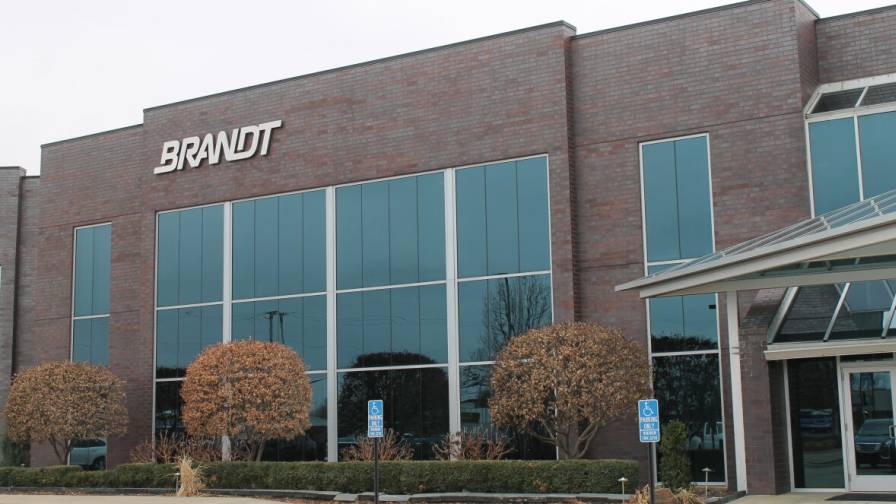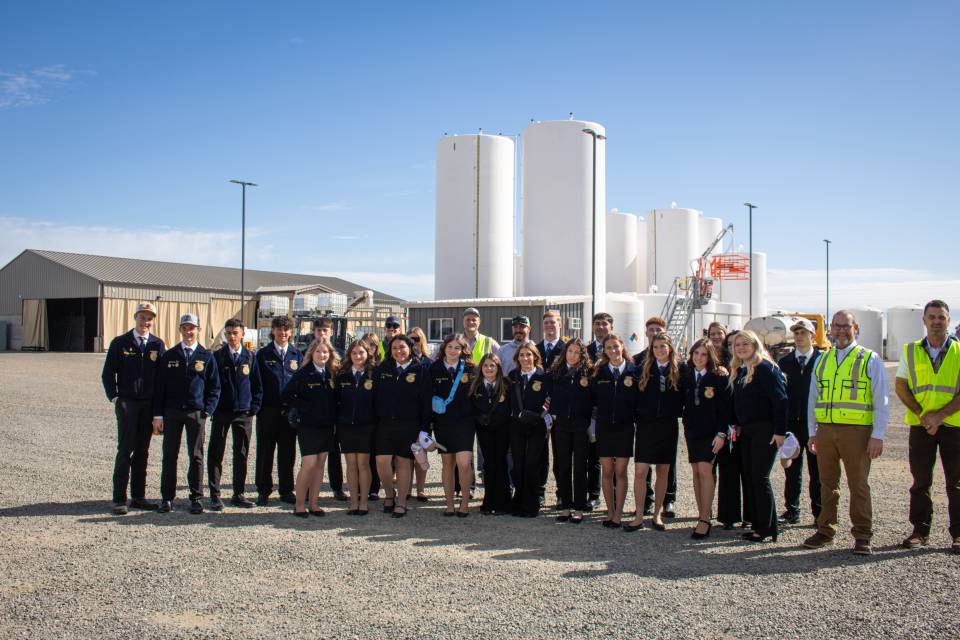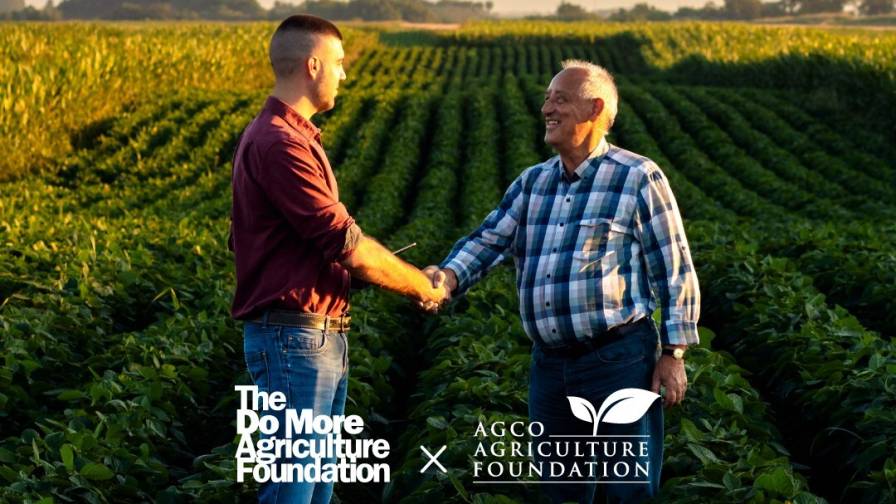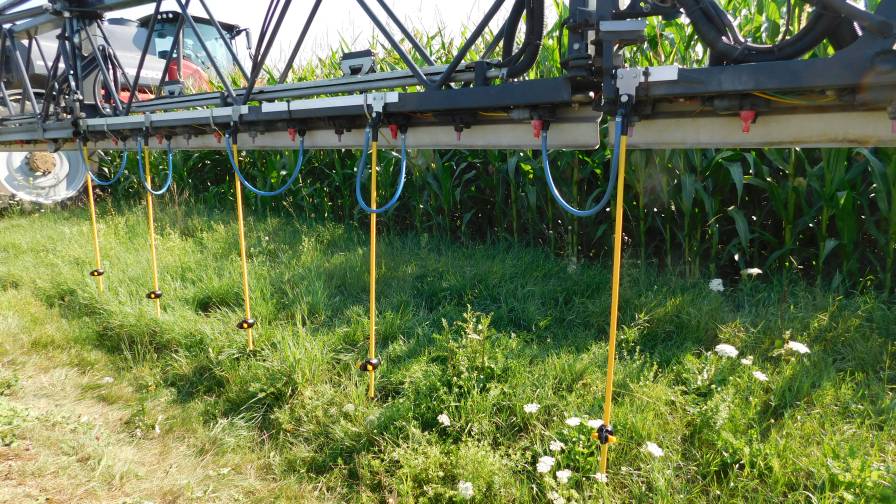Illinois Fertilizer & Chemical Association: Tackling Water Quality Issues Through Partnerships
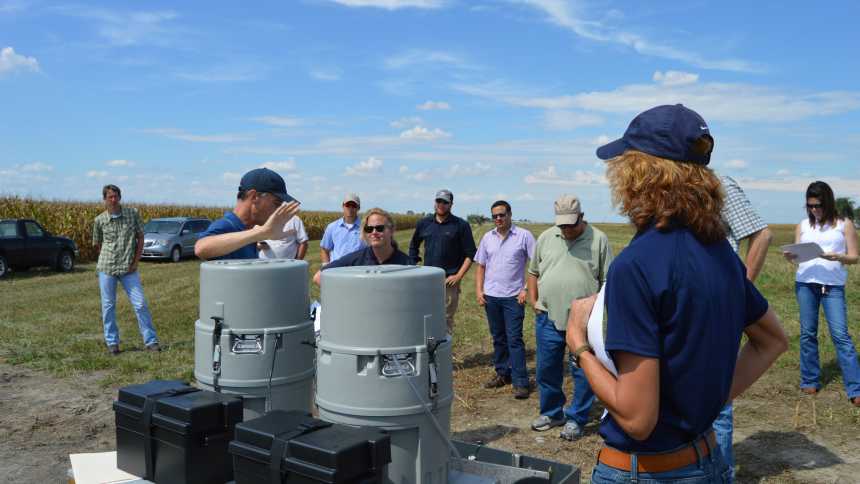
The Illinois Fertilizer & Chemical Association (IFCA) has led the way on nutrient and water quality issues in the Midwest and shared its experiences with its counterparts in Iowa, Indiana, Missouri and Wisconsin.
You’ve got to be doing something right if lots of people keep coming to you for advice. That’s what’s happening in Illinois as the Illinois Fertilizer & Chemical Association (IFCA) continues to be inundated with requests to share how it’s hammered out a number of solutions to help curb nutrient loss in fields. IFCA and its partners — which include the state’s Farm Bureau and corn and soybean associations — have no magic formula, but instead a series of carefully orchestrated programs to help retailers and growers ultimately protect waterways while at the same time increase yields.
The efforts were spurred in part by increasing concern about nitrogen and phosphorus loads in water, both in Illinois and throughout U.S. One particular trigger was EPA’s Gulf of Mexico hypoxia action plan, released in 2008, that required the 12 states along the Mississippi River develop nutrient loss reduction strategies by 2013. Although Illinois contributes just 7% of the water flow to the Gulf, it is responsible for 20% of the nutrient load.
More locally, Illinois had its own issues. “We’re a major ag production state with lots of rivers and streams, so we knew we had to be proactive,” says Jean Payne, president of IFCA. In 2010 the association began cultivating relationships with key stakeholders in the state’s water issues, including water utilities, environmental groups, and commodity associations.
The connections have paid off. Today Payne can say, “We really have a great communication between the water supply people, Illinois EPA, and ag groups. We consistently share what we see out there. The goal is to not have any unpleasant surprises for anyone, to just be transparent and open about the challenges.”
This past season was a particular challenge, as Illinois saw a record-breaking 22 inches of rainfall. Many were concerned fields would experience considerable nutrient loss, and hence, water quality issues because of the weather.
The good news: Targeted watersheds such as Springfield, Decatur and Bloomington did not show any water quality problems.
Payne admits that initiating bridge-building wasn’t easy, because people had to get out of their comfort zones. Members of agriculture had to admit there were clear nitrate issues, but water utility and environmental groups respected the honesty. “I think it’s helped Illinois stay in a spot where we haven’t had the legislative or litigation battles going on around us,” she says. “The very people who would be suing or fighting each other at the state capital are all getting together at meetings and conferences and talking to one another.”
IFCA has led the way on nutrient issues in the Midwest and shared its experiences with its counterparts in Iowa, Indiana, Missouri and Wisconsin. The IFCA staff continues to get many requests from agribusiness and farm groups to come to their meetings to speak on nutrient stewardship.
“And it’s not just farm groups, but banking, landowner, and civic groups,” she points out. “The more you talk about it, the more people want to know what they can do.”
Concrete Measures
IFCA’s work goes beyond identifying nutrient problems and connecting stakeholders. The association and its allies have created ways to bring a managed approach to as many of the state’s acres as possible.
IFCA’s Keep It For the Crop program outlines specific production practices that growers and retailers can follow to maximize nutrient utilization by crops. In August, the association introduced its 4R Code of Practice and pledge that ag retailers can sign. The concept draws heavily from the Ohio Agribusiness Association‘s 4R Nutrient Stewardship Certification Program.
While the pledge does not include an official auditing process to ensure participants are following through on their promises, it will add reporting requirements this winter. Retailers will share how many of their customers’ acres are adopting the 4Rs. Specific questions cover topics like how many acres are getting split nitrogen applications, waiting until soil temperature reaches 50 degrees and being treated with products labeled to reduce N.
These metrics will also be important in showing EPA that Illinois is making progress toward goals in its state nutrient loss reduction plan.
IFCA is tracking the number of retailers who have taken the 4R pledge, and so far, Payne puts the number near 40.

Dan Schaefer, left, director of nutrient stewardship and Jason Solberg, assistant director of nutrient programs, lead the 4R efforts for IFCA.
Dan Schaefer, IFCA’s director of nutrient stewardship, is in the trenches with growers and dealers all the time. A 30-year retail veteran himself, he knows the challenges they face. “They understand we have a leaky system, and we have nitrates going through the tile. They understand we need to make some changes,” he emphasizes.
In fact, Schaefer says that at industry meetings last winter, growers, dealers and other stakeholders filled meeting rooms when the Farm Bureau hosted talks on the nutrient loss reduction strategies — and what’s at stake for agriculture.
But growers want proof changes will improve their bottom line as well as protect the environment. Enter the Illinois Nutrient Research & Education Council, charged with finding that proof. The group enlists university researchers to evaluate the 4R practices being implemented and monitor to see how changes make a difference on tile losses. The researchers are also developing even better, more tailored nutrient recommendations.
The work is labor-intensive and costly. But for years state financing has been out of the question. “Illinois is very much in debt, so it was not going to be able to assist us financially, via either cost-share programs or people resources,” says Payne. (Illinois is, in fact, facing a $16 billion budget deficit.) “We knew we in agriculture had to grab hold of this and run with it ourselves because there was not going to be anybody else to help us.”
NREC receives monies from a check-off program started in 2013 in which farmers pay 75 cents per ton of fertilizer they purchase.
One facet of the funded research is NREC’s N-Watch program. At several hundred locations throughout the state, researchers sample the soil four times a year: before planting, right after planting, mid-season and after harvest. The nutrient data is reported and analyzed through a very structured system, then shared with retailers and farmers.
The benefits of N-Watch and other program components being self-funded — rather than tied to a state budget — are huge. “It empowers you,” says Payne. “It makes you great mentors of the money when it’s your own. You’re very careful about how you spend it, and you don’t take it for granted.”
Payne says 2015 marked the third year that soil data has been gathered, and in 2016 or 2017, the council hopes to have its first research papers published. She says all involved are excited about the possibility of seeing the work talked about even more as a result.
Scientists at the University of Illinois, Southern Illinois University and Illinois State University appreciate the opportunity to partner with NREC, as many of their research programs are being cut due to the state budget as well.
Growing Acceptance
Schaefer is upbeat about the acceptance of 4R practices among growers and retailers. In fact, “it’s not like they had to make wholesale changes other than perhaps purchase a few more pieces of equipment to get applications done a little quicker,” he says. And many of the fertilizer recommendations have been sound, he says, applications needed to be split.
He does say a change in thinking was called for. “We need to look at our environmental footprint first,” he explains. “It’s basically minimize environmental impact, optimize input utilization, then maximize harvested yields.”
Schaefer expects retailers will more officially implement IFCA’s 4R program practices to see how they work — give them a trial run — then more will sign the pledge in the next few years.
